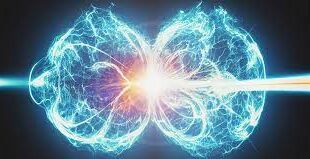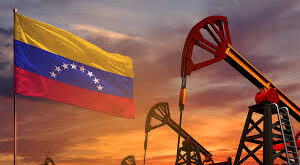European energy ministers are weighing two options for importing Russian natural gas, which continues to flow into the EU despite the war in Ukraine, Bloomberg reported on Oct. 15.
At a meeting in Luxembourg, ministers from the EU’s 27 member countries are set to discuss their readiness for the upcoming winter, given that a key gas transit deal between Moscow and Kyiv is set to expire on Dec. 31.
With energy security on the line, the bloc has been exploring alternative sources of gas, which has driven up energy prices and strained the region’s network.
According to Bloomberg, the EU must continue its efforts to wean off Russian gas, reduce consumption, and ramp up renewable energy capacity. Currently, Ukraine’s pipeline is one of the last two remaining routes for Russian gas to Europe, while liquefied natural gas (LNG) exports from Russia are still arriving in the EU in large volumes.
Talks are underway to replace the current transit flows, but with less than three months left before the deal’s expiration, an agreement is far from finalized. Both Kyiv and Moscow have signaled their willingness to find a solution, with Azerbaijan expected to play a role. Anonymous sources told Bloomberg that the final decision will likely come at the last minute or in early 2025. Slovakia and Austria, two of the main buyers of Russian gas through the transit system, have expressed their willingness to continue using the route.
One option being discussed is replacing Russia with Azerbaijan as the supplier, though how this would work remains unclear. Given the limited gas supply, Azerbaijan’s exports to Europe would require exchanges with Russia, making the arrangement politically sensitive.
Another alternative is for Azerbaijani energy company SOCAR to replace Russia’s Gazprom and sell gas to Europe or arrange transit through Ukraine. Sources say that for the pipeline system to operate smoothly, the volume needs to be around 10-11 billion cubic meters. Smaller amounts would require additional gas to be injected, making the operation financially unfeasible.
“Ukraine must decide on its own what to do with the pipeline. It’s their responsibility and their right to handle this properly,” European Commission President Ursula von der Leyen said last month.

FILE PHOTO: A model of the natural gas pipeline is seen in front of displayed Finnish and Russian flag colours in this illustration taken April 26, 2022. REUTERS/Dado Ruvic/Illustration/File Photo
 Iran Energy News Oil, Gas, Petrochemical and Energy Field Specialized Channel
Iran Energy News Oil, Gas, Petrochemical and Energy Field Specialized Channel



